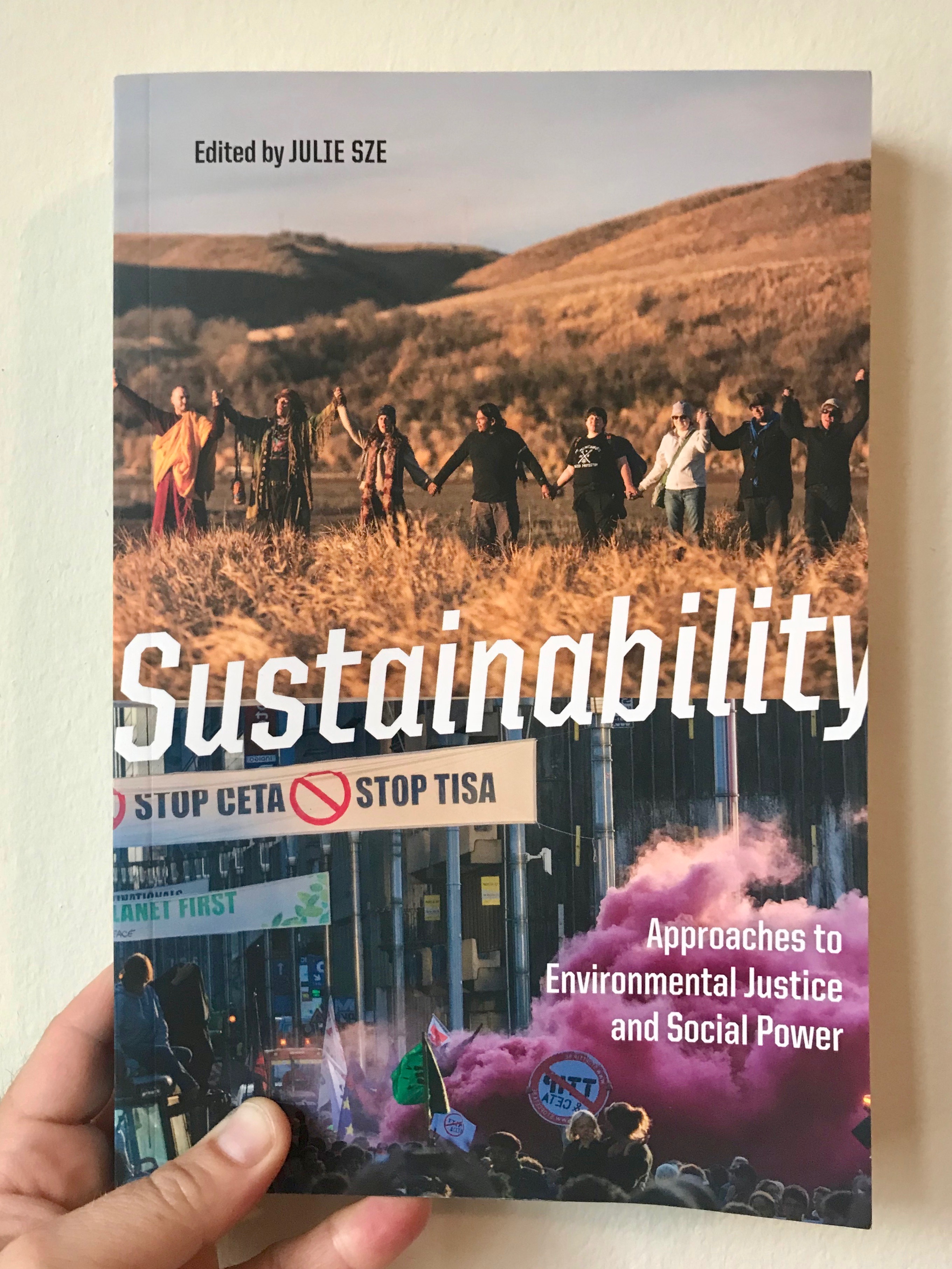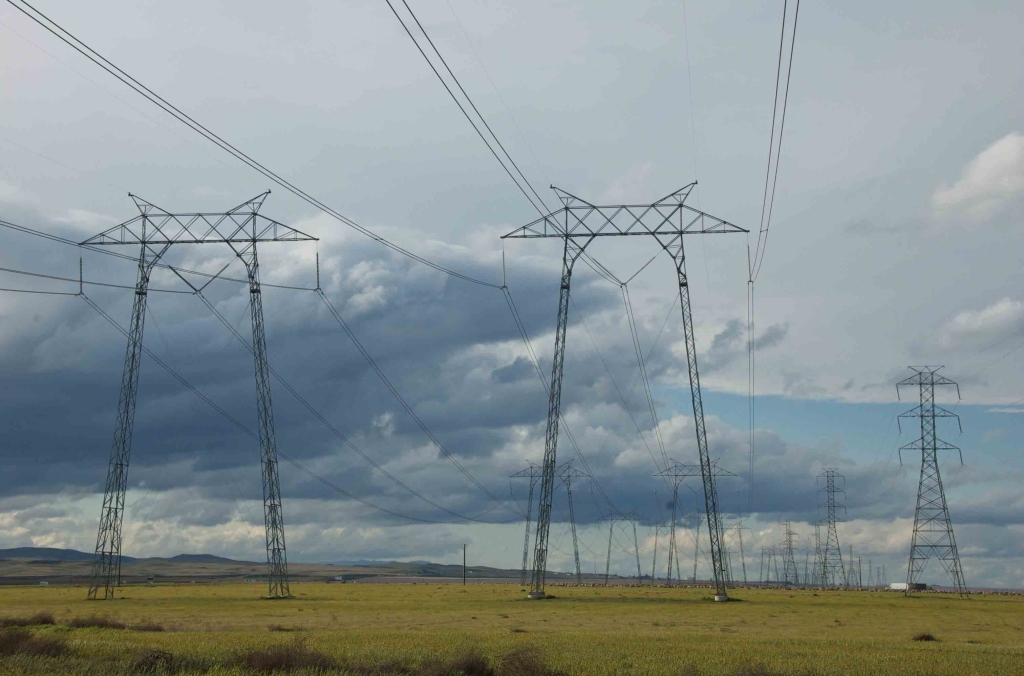This is the second in a series of blog posts about the Environmental Inequality class I taught this fall. The first post shared the class syllabus and research project. This post covers a movie I’ve enjoyed using the last two times I taught the class, Leah Mahan’s Come Hell or High Water: The Battle for Turkey Creek. Here’s the film description:
Come Hell or High Water: The Battle for Turkey Creek follows the painful but inspiring journey of Derrick Evans, a Boston teacher who moves home to coastal Mississippi when the graves of his ancestors are bulldozed to make way for the sprawling city of Gulfport. Over the course of a decade, Derrick and his neighbors stand up to powerful corporate interests and politicians and face Hurricane Katrina and the BP oil disaster in their struggle for self-determination and environmental justice.
I’ve shown the film in my Environmental Inequality class twice now, and it has been helpful both times. In 2015, we learned about Turkey Creek at multiple points throughout the class. I showed the 2011 Daily Show clip about Turkey Creek early in the semester. My previous descriptions of using this clip are available here, here (at Jan. 13), and here. This time around I showed the clip on the day we were learning about the distinction between the environmental movement and the environmental justice movement. I emphasized that while it is wise to take the the specifics of the Daily Show’s coverage of Turkey Creek with a grain of salt, the clip speaks to real tensions between environmental efforts that focus on habitat preservation and environmental efforts that focus on human wellbeing and cultural preservation. This clip unfailingly generates incredulous responses and good discussion.
A bit later in the class, we returned to Turkey Creek on the day set aside for natural disasters. I used the following two readings that day – the second discusses Turkey Creek:
Finally, I screened Leah Mahan’s documentary toward the end of the class. Returning repeatedly to Turkey Creek in our class gave the students a real-life story to think through as they learned new facets of environmental inequality and the activism that responds to it. Using the film at the end of the class provided a way to tie together and bring alive many of the threads about which we had been learning. Indeed, one of the students was so enthusiastic about the film that she helped me launch an annual environmental justice film screening for Earth Day. The inaugural film featured was, you guessed it, Come Hell or High Water.
Several aspects of the film make it great to show as part of environmental justice education efforts. First, it shows how environmental destruction has impacted human life (most memorably through increases in flooding due to paving over wetlands that previously absorbed heavy rains). Second, it clearly depicts how racism and classism influence development in ways that produce environmental and human harm.
Third, the film addresses the pleasures and cultural significance of the outdoors to the historically black town of Turkey Creek. This is a great antidote to the Daily Show clip, which features a more disdainful view of of the potential pleasures of outdoor activities, even as one of the interviewees appears to be enjoying herself while birding, and another talks about birds’ revered local status. The film’s inclusion of the potential pleasures of the outdoors helps me to correct for the environmental justice literature’s sometimes overly simplistic portrayal of people of color environmentalism as focused exclusively on urban areas and industrial pollution, and white environmentalism as focusing exclusively on habitat preservation and outdoor leisure activities. While racial divisions and tensions between these two approaches are real, it certainly isn’t true that people of color have no relationship to the environment outside of the health impacts of pollution.
Finally, while the film focuses on a central character who leads the charge to protect Turkey Creek, it does not portray him through the usual “great man” narrative. We see clearly that Derrick Evans, the protagonist, is doing important work in his home town. But we also see how difficult the journey is, and how much it costs him. I appreciated that the director resisted the temptation to simplify the problems he faced and depict them as solvable through a single person’s heroic actions. The results is a film that dovetails with my efforts to encourage my students to analyze the complexity of environmental inequality, and the scale of the change necessary to address it.
So, that was what I did with the film in 2015. In the fall of 2016, I showed Come Hell or High Water at the beginning of the semester instead. I paired the movie with our early coverage of disasters and climate change (see the readings I used this time here). My thinking was that just as the film could be used at the end of the course to help tie everything together, so too it could be used at the beginning to help introduce the course content. This approach also seemed to work well, but I think I prefer the end-of-the-semester screening for the richer, better informed discussion that it generated.
All in all, I recommend the movie! If you use it in your own classes or at a campus screening, I’d love to hear how it goes. I’m sure director Leah Mahan would too.




